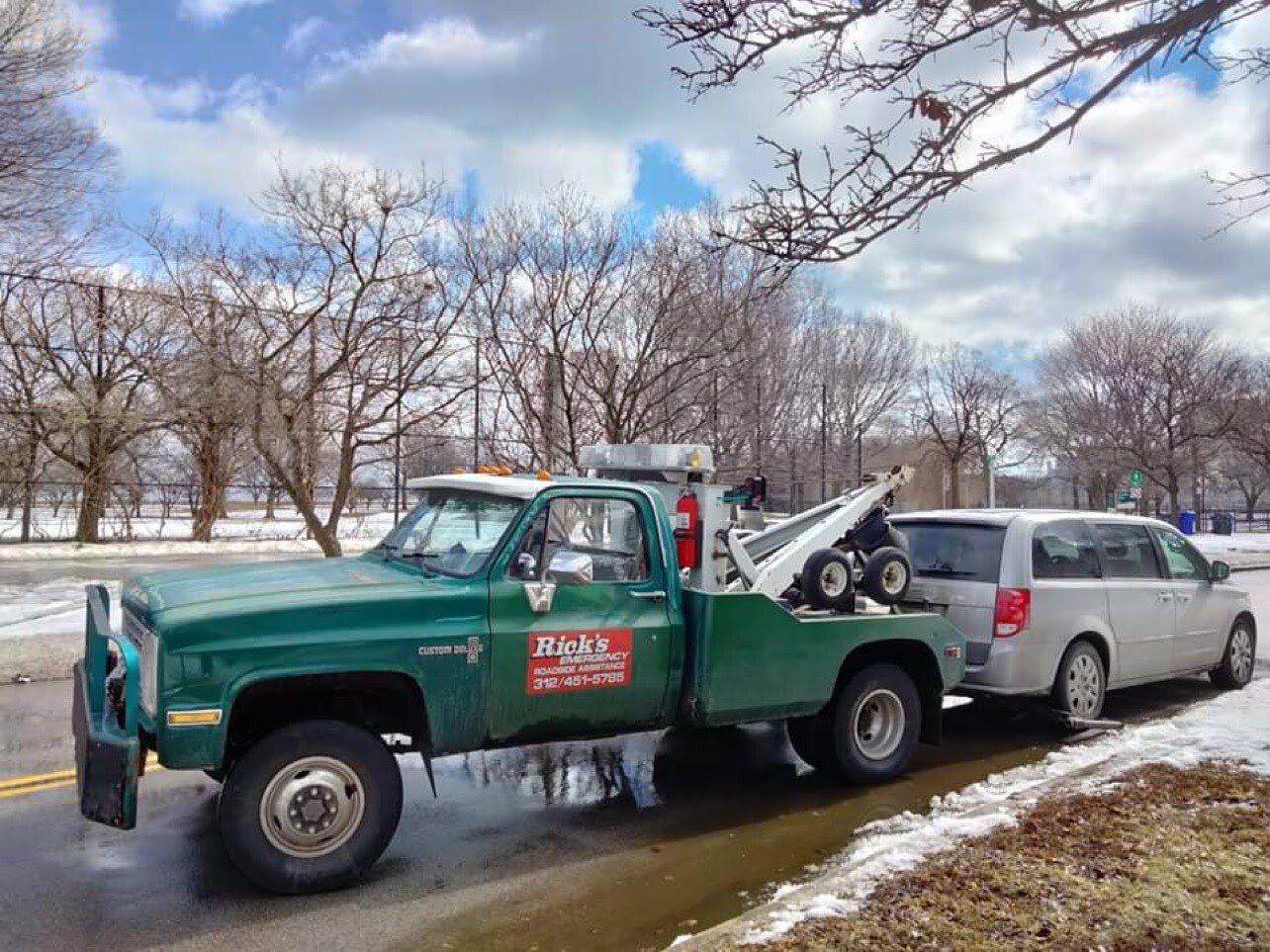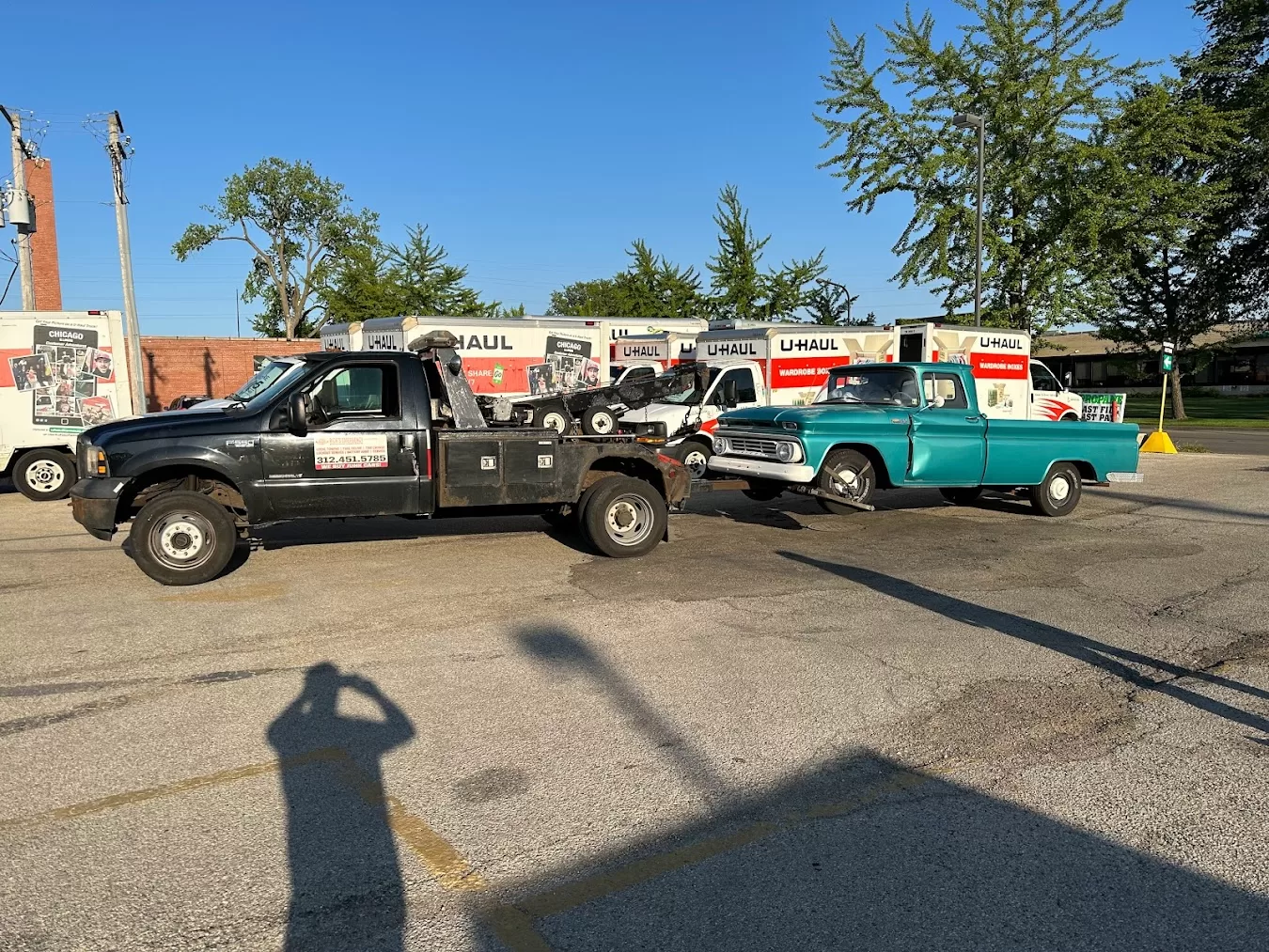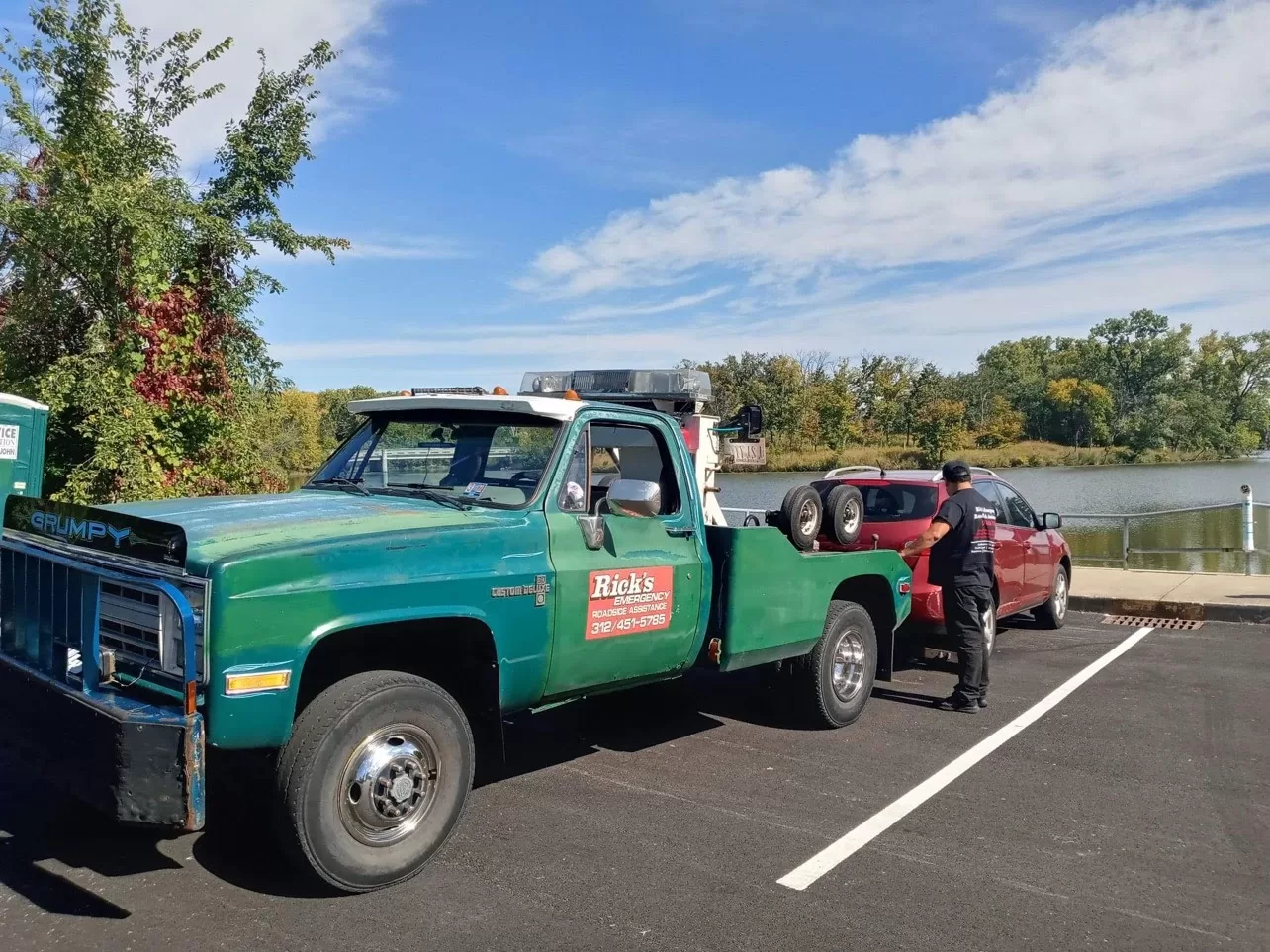Experiencing an overheating car can be alarming. But don’t panic. There are simple steps you can take to cool things down. From adjusting your car settings to checking the coolant, each action can make a big difference.
Sometimes, all you need is a temporary fix to keep moving. Whether you’re stuck on a busy highway or a quiet side street, knowing your options is key. So, let’s explore some of the quickest ways to prevent your car from overheating further.
Turn Off the Air Conditioning
To start easing the engine’s stress, immediately turn off the air conditioning. Turning on the heater can help disperse engine heat, though it may be uncomfortable for a bit. This step is crucial when the temperature gauge starts climbing.
Find a Safe Spot and Stop
Safety is paramount. As soon as possible, pull over to a safe location. Your priority is to turn off the engine. Cooling the engine before attempting any more measures is essential. Once parked, refrain from opening the hood until the car has cooled a bit.
Allowing your vehicle to rest can help disperse built-up heat. Take this time to plan your next steps effectively to avoid further issues.
Check Coolant Levels
Once the engine has cooled slightly, the next step is to check your coolant levels. Be cautious when removing the radiator cap, as pressure buildup can lead to burns. Low coolant should be topped up with either coolant or water if necessary.
Without adequate coolant, your engine risks damage from overheating. This check is a vital part of managing engine temperatures, ensuring you can drive to safety.
While waiting for the engine to cool, inspect the fluid levels thoroughly. Addressing low levels promptly will aid in avoiding unnecessary strain on the engine.
Inspect for Leaks
A quick visual inspection can reveal any leaks in the radiator or hoses. Spotting a leak early can prevent a more serious problem.
Small leaks might be fixed temporarily using a radiator sealant available at auto stores. This can stop the immediate loss of coolant and allow for safer travel to a service location.
Even minor leaks deserve attention. They can lead to severe coolant loss if ignored, compounding the overheating problem.
Restart Cautiously
After cooling and checking levels, restart the engine carefully. Keep an eye on the temperature gauge.
If the gauge climbs again, repeat the steps of pulling over and cooling down. Monitoring is crucial to prevent engine damage.
Head to a Service Center
With temporary measures in place, proceed to a service center. Opt for routes with less traffic to maintain steady speeds.
Avoid speeding and heavy braking to prevent undue stress on your engine during this vulnerable period.
A professional mechanic will be able to diagnose and fix the root cause of the overheating issue. Do not delay in seeking expert help.
Choose the Right Assistance
Select a roadside service that is reliable and experienced. Read reviews and ask for recommendations if possible.
Ensuring you have a trusted provider ready can make these situations much easier to manage.
Having peace of mind with a dependable service makes a significant difference when emergencies occur.
Service Areas to Consider
If you’re in Chicago, several neighborhoods have roadside assistance options available, ensuring help is nearby when needed.
These areas include Lakeview, Lincoln Park, and various others. Knowing local options can be a lifesaver.
Familiarize yourself with local service providers before an emergency arises for quicker assistance.
Knowing these temporary fixes can save you from being stranded. Stay calm and take measured actions to deal with an overheating car.
Source: Ricksemergencyroadsideassistance




Leave a Reply